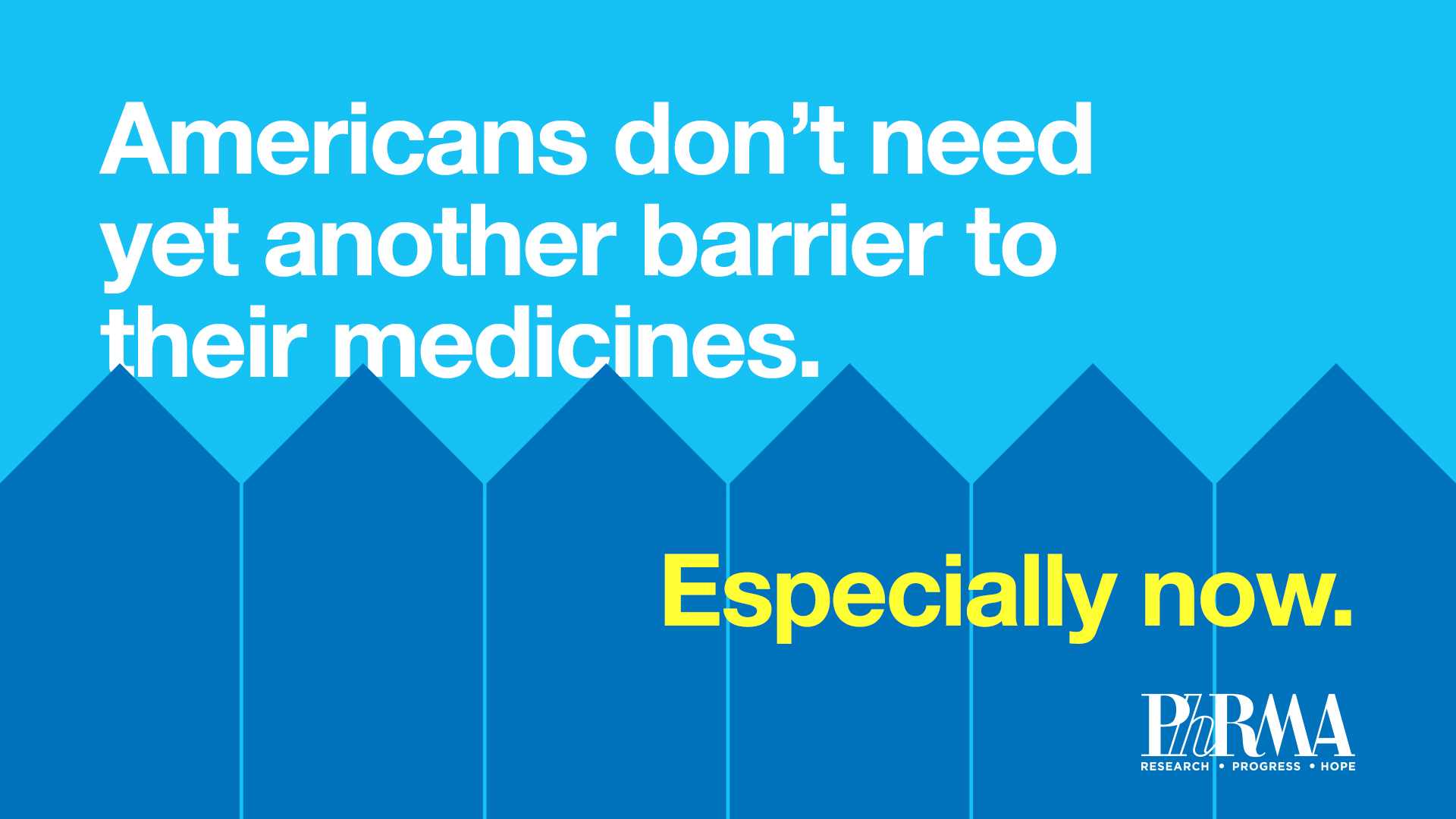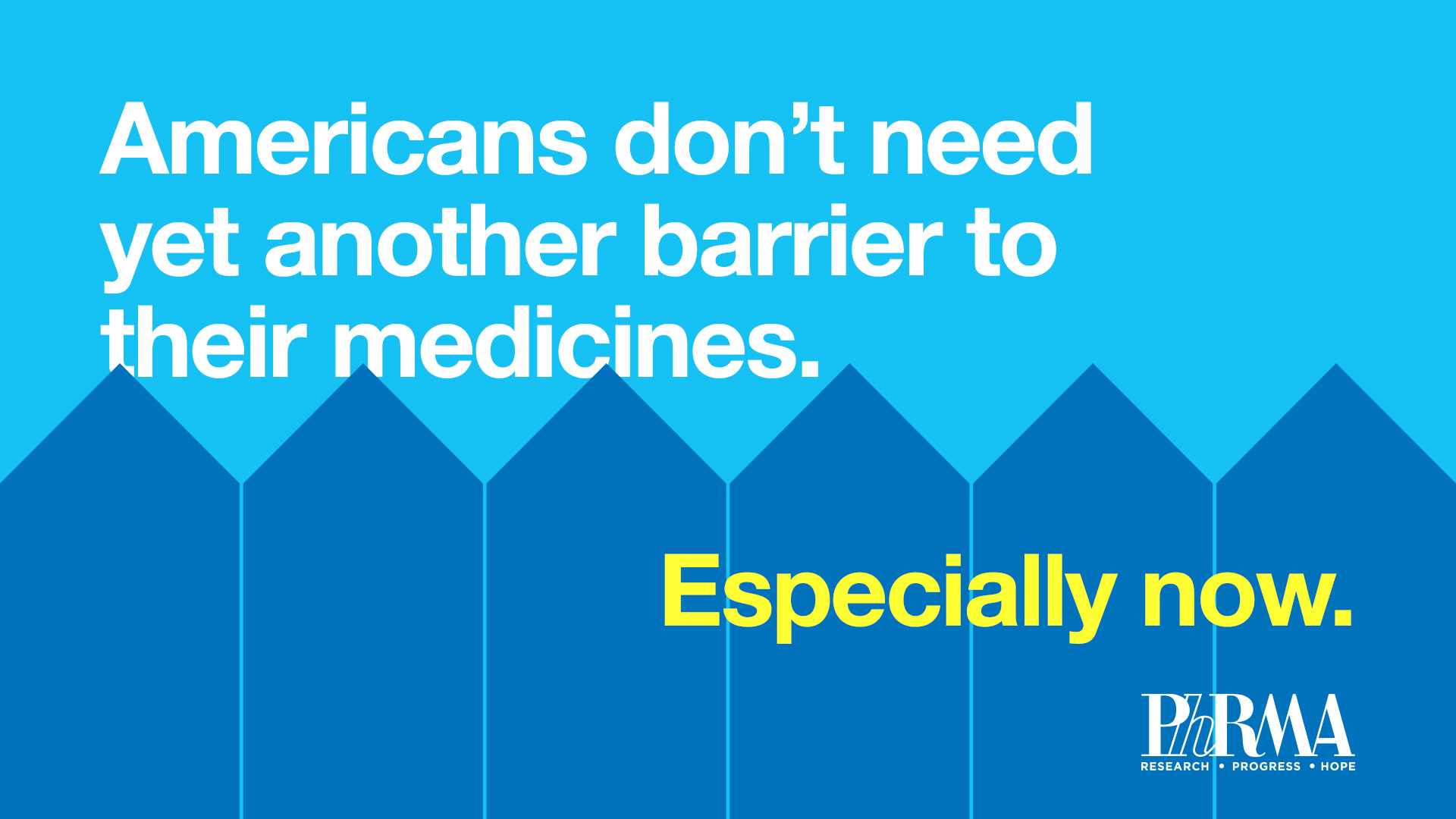| |
| |
| |
| Presented By PhRMA |
| |
| Axios Vitals |
| By Tina Reed ·Apr 06, 2022 |
| Good morning, Vitals readers. Today's newsletter is 1,075 words or a 4-minute read. 🚨 Situational awareness: The Biden administration announced a new effort to prevent, detect and treat long COVID and to recognize the rights of those disabled by it. 👇 Don't miss it: An investigation from Axios Pro reporter Erin Brodwin (below) looks into the business of health care automation company Olive. |
| |
| |
| 1 big thing: FDA eyes new COVID vaccine plan |
 |
|
| Illustration: Sarah Grillo/Axios |
| |
| FDA advisors today will begin sketching out a long-term strategy for COVID vaccinations, addressing the risk of new variants and the need for new boosters, Axios' Adriel Bettelheim writes. Why it matters: Today's discussions could help lend clarity to a sometimes baffling vaccination effort that's left many people unsure whether or when to shore up their immunity. Driving the news: As the virus evolves and new variants spawn outbreaks, it's getting harder to boost vulnerable populations or recommend how many shots are enough. What they're saying: "The operative word to describe this discussion is humility," University of Minnesota epidemiologist Michael Osterholm said. "We have more and more questions and have to be very mindful there could be a new variant tomorrow that will be very challenging." What we're watching: Experts on the advisory committee will discuss the viability of an annual COVID vaccine, similar to the flu shot. - That would require scientific models to predict how COVID will mutate. Regulators would then need to choose which strains a vaccine should target, and a central body like the World Health Organization would need to oversee changes in vaccine composition.
- Manufacturers would also need considerable lead time to make potentially hundreds of millions of doses of modified vaccine.
The advisory panel will also discuss who's in line for additional COVID boosters and the optimal timing to administer them. - "Implicit in all of this is the notion that we will need further boosters down the road," Vanderbilt University infectious diseases expert William Schaffner told Reuters.
Share this story. |
    |
| |
| |
| 2. Medicare blockbusters' list prices more than doubled since launch |
 Data: AnalySource; Chart: Baidi Wang/Axios Two blood thinners that Medicare spent a collective $46 billion on between 2015 and 2020 have more than doubled their list prices since entering the market, according to a new analysis by Patients for Affordable Drugs, Axios' Caitlin Owens writes. Why it matters: List prices don't reflect the rebates negotiated between drug manufacturers and payers, but they are often used to determine Medicare Part D cost-sharing — meaning as prices go up, patients pay more out of pocket. The big picture: More than 8 million Americans regularly take blood thinners. Until 2010, the standard of care was warfarin, which was cheap but carried the risk of heavy bleeding. - In 2011, Johnson & Johnson's Xarelto entered the market, and Bristol Myers Squibb and Pfizer's Eliquis followed it a couple years later. Both are much less risky but had list prices of more than $200 for a month's supply — much higher than warfarin.
- Those list prices have increased in tandem over time, and both are now more than $500 for a month's supply.
The bottom line: Finger-pointing by various industry players obfuscates who wins in this scenario, but the losers are patients who rely on the blood thinners. |
    |
| |
| |
| 3. C-sections and induced deliveries dropped during COVID |
 |
|
| Illustration: Aïda Amer/Axios |
| |
| There was a 6.5% drop in both C-sections and induced deliveries in the first month of the pandemic in the U.S. with a sustained drop thereafter, according to a study published today in the journal Pediatrics. Details: In the study, which is the first large-scale examination of COVID-era birth data, researchers from Georgia Tech's School of Economics looked at records of nearly 39 million U.S. births from 2010 to 2020. - They also used data from the National Center for Health Statistics to forecast expected premature births from March to December of 2020 and compared the predictions to the actual numbers.
- That number remained on average 0.35 percentage points below the predicted values, translating to 350 fewer preterm C-sections and induced deliveries per 100,000 live births, or 10,000 fewer overall.
What they're saying: More studies are needed, but researchers said they believe the reductions were the likely result of fewer prenatal visits due to social distancing. - "We know for certain that doctors' interventions cause preterm delivery, and for good reason most of the time," assistant professor Daniel Dench, the paper's lead author, said in a statement.
- "So, when I saw the change in preterm births, I thought, if anything changed preterm delivery, it probably had to be some change in how doctors were treating patients."
The big picture: The study offers yet another example of how the pandemic drastically changed care in the U.S. and could impact patient outcomes. |
    |
| |
| |
| A message from PhRMA |
| Voters want Congress to address health insurance |
| |
 |
| |
| Many Americans reject so-called government "negotiation" once they learn it could sacrifice access, choice and innovation. The story: Respondents find health care coverage costs unreasonable and a top priority health care issue for policymakers to address today. Read more in the new survey. |
| |
| |
| 4. $4B health tech startup Olive overpromises |
 |
|
| Illustration: Gabriella Turrisi/Axios |
| |
| Olive is the buzzy startup whose purple "go save health care" buses dominate industry conferences. - But an investigation by Axios' Erin Brodwin found that its promises to save health systems millions of dollars with its automation software don't deliver.
Why it matters: Olive is the highest-profile startup in health care automation using artificial intelligence, a Holy Grail for its promises of cutting costs in health care to allow more time for patient care. - But interviews with 16 people, including former and current employees and health tech executives, indicate the company's promised tech often isn't being employed the way it claims and it's offering very little in the way of comprehensively tracking the savings it produces for clients.
- Several current and former employees also raised concerns about the handling of sensitive patient data known as patient health information (PHI).
What they're saying: "There are hospitals that won't touch [Olive] because they know people who've been burned," one former employee tells Axios. "And I think people don't want to admit it; there's a big sense of shame about it." Want to read more? Go deeper on this story and more in the Axios Pro Health Tech Deals newsletter. Subscribe at AxiosPro.com. |
    |
| |
| |
| 5. Catch up quick |
- A landmark Alzheimer's study finds 42 more genes are linked to a higher risk of disease. (The Guardian)
- It's in our "national interest to vaccinate the world and protect against any possible future variant," White House COVID chief Jeff Zients said Tuesday. (Axios)
|
    |
| |
| |
| 6. Quote du jour |
 |
|
| Thasunda Brown Duckett. Photo: Chuck Kennedy for Axios |
| |
| "We have to think about mental health. We have all hit rock bottom and it had to be OK to not be OK ... We also have to think about the fact of 'What choices did people realize they love and don't want to give back?' To me, when we think about the future, when I think about leadership, it's empathy." Thasunda Brown Duckett, CEO and president of financial services organization TIAA, told the Axios: What's Next Summit yesterday what leaders need to prioritize when it comes to supporting their workforces amid the return to the office. |
    |
| |
| |
| A message from PhRMA |
| Insured Americans face barriers to care |
| |
 |
| |
| Nearly half of insured Americans who take prescription medicines encounter barriers that delay or limit their access to medicines. Learn more about the abusive insurance practices that can stand between patients and the care they need in PhRMA's new report. |
| |
 | It's called Smart Brevity®. Over 200 orgs use it — in a tool called Axios HQ — to drive productivity with clearer workplace communications. | | |









No comments:
Post a Comment